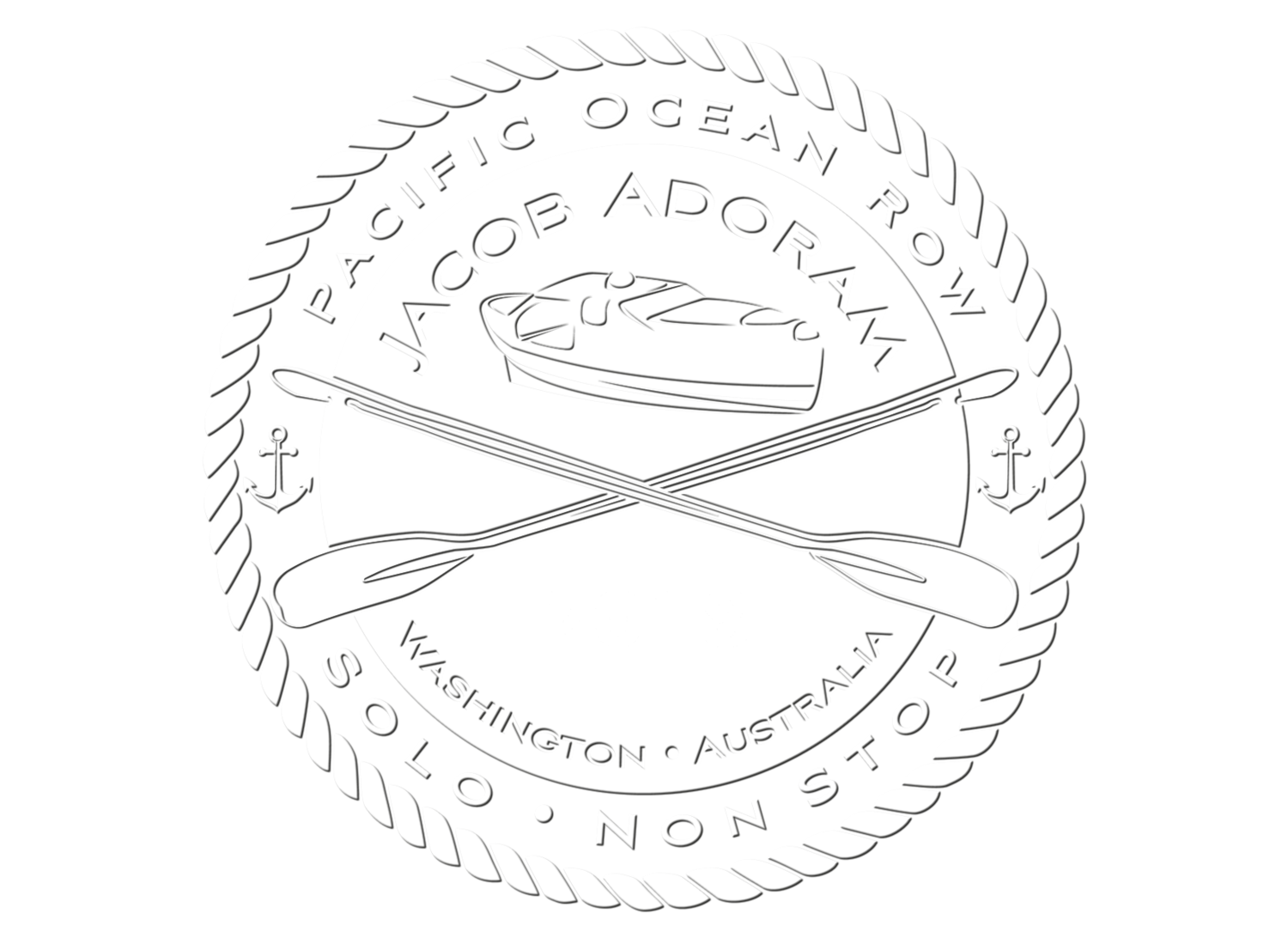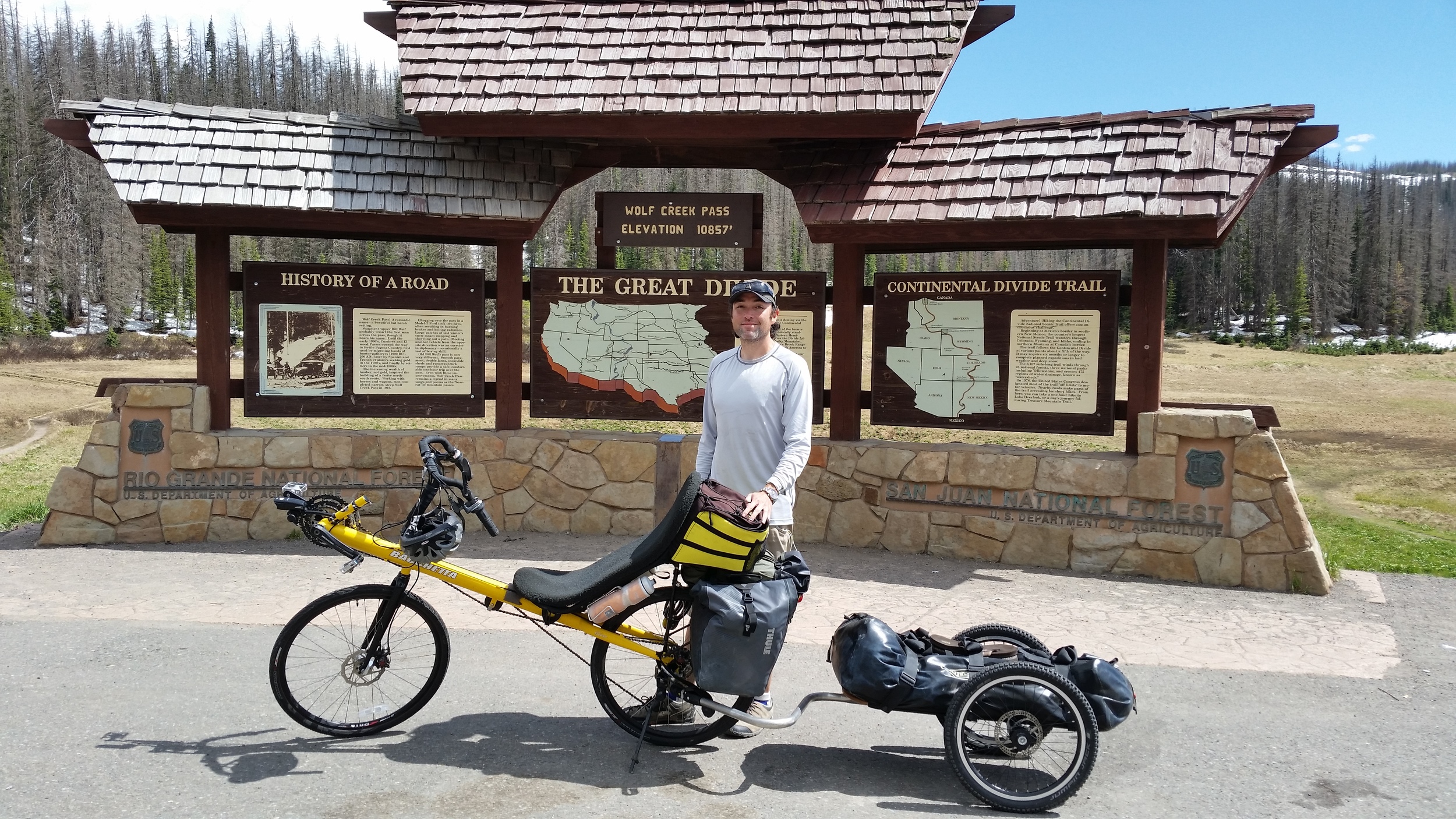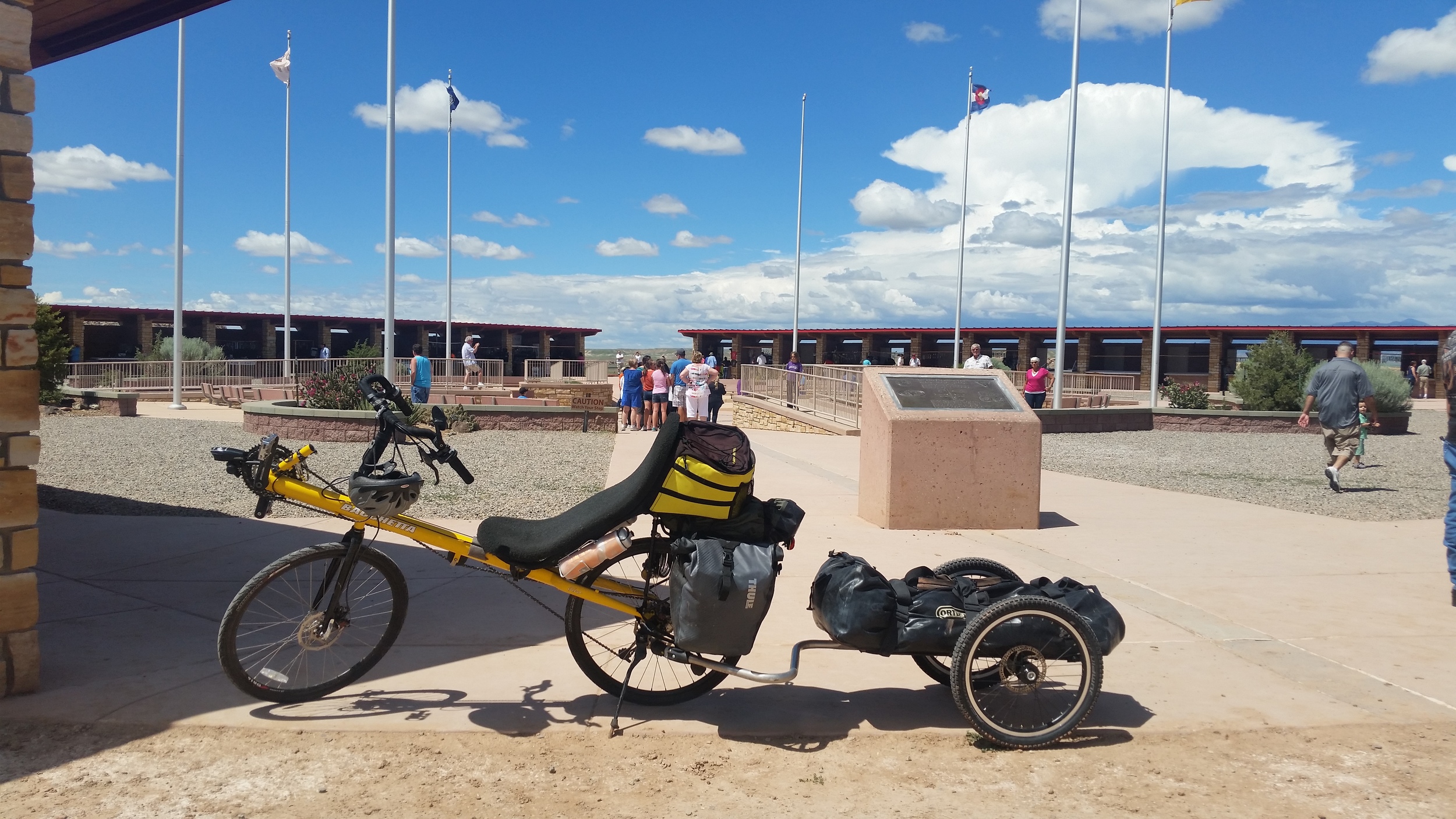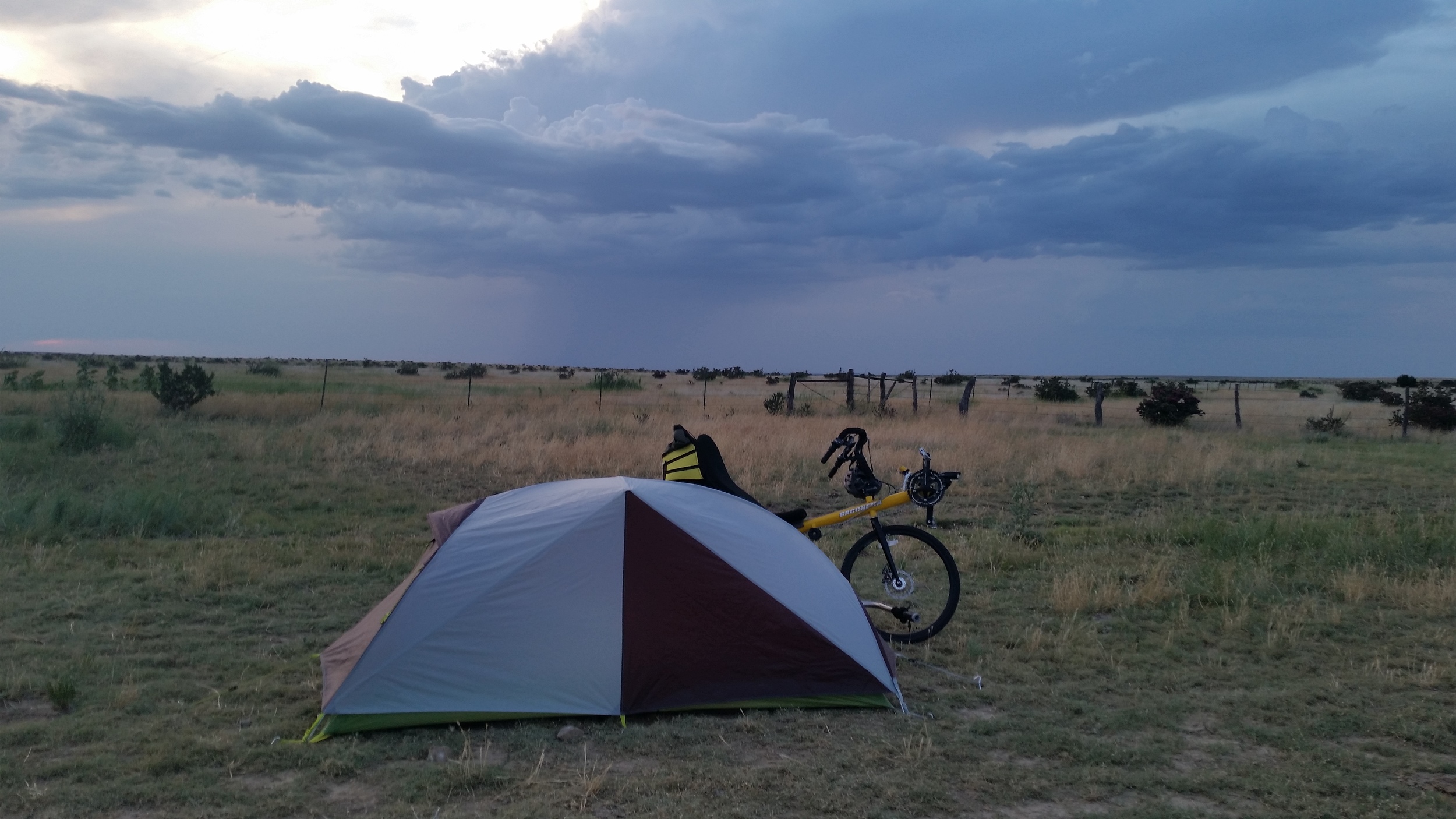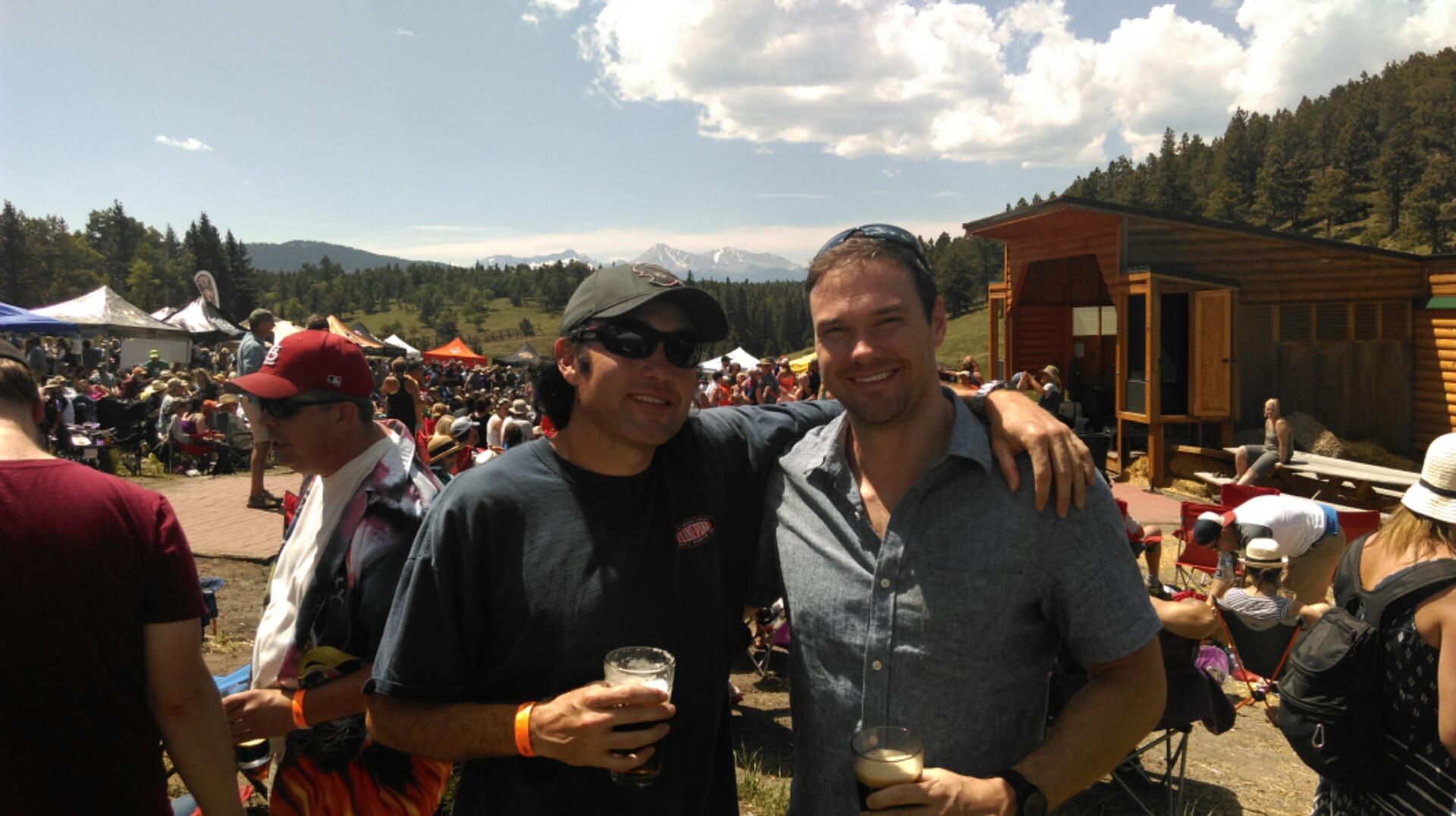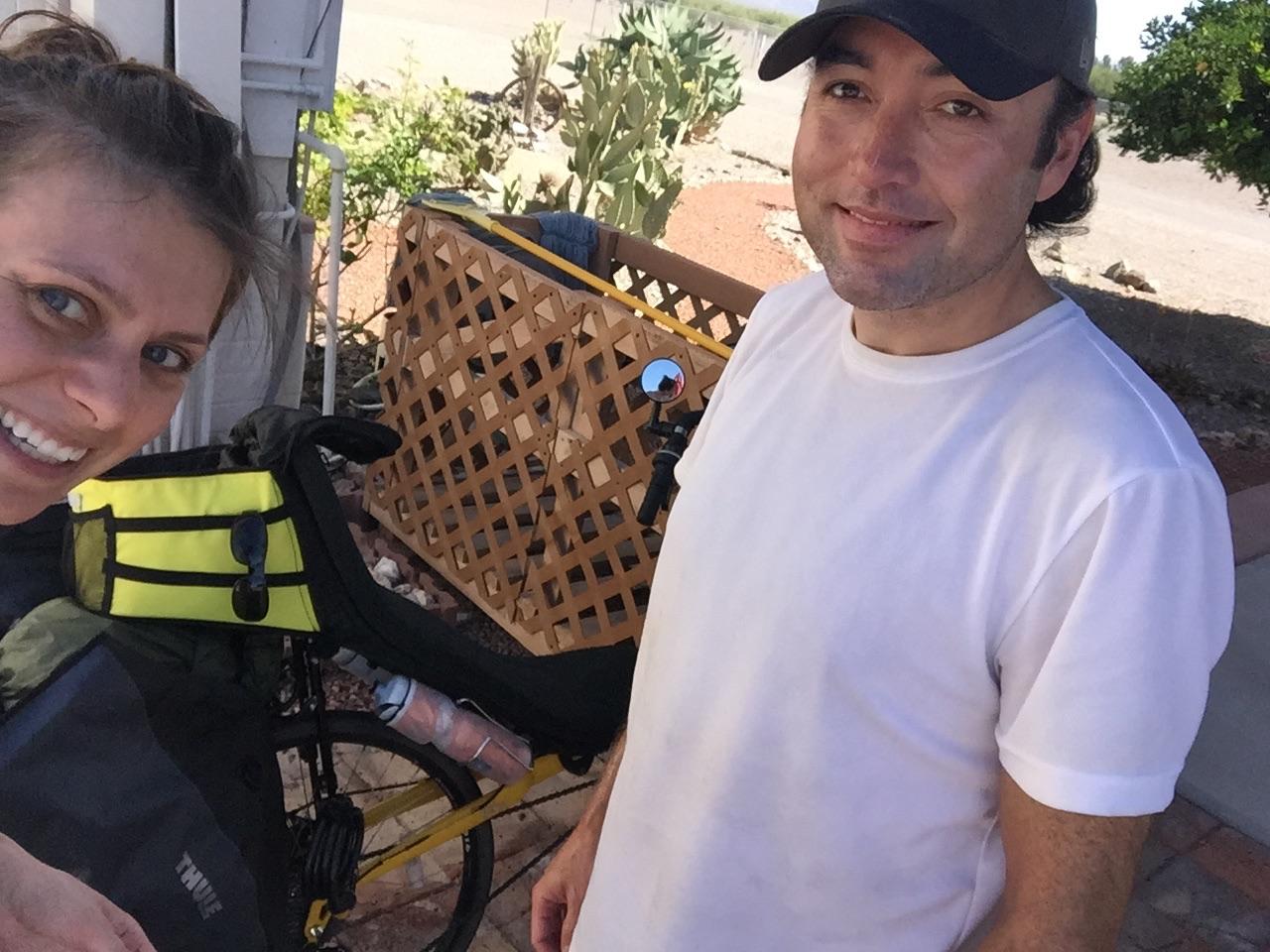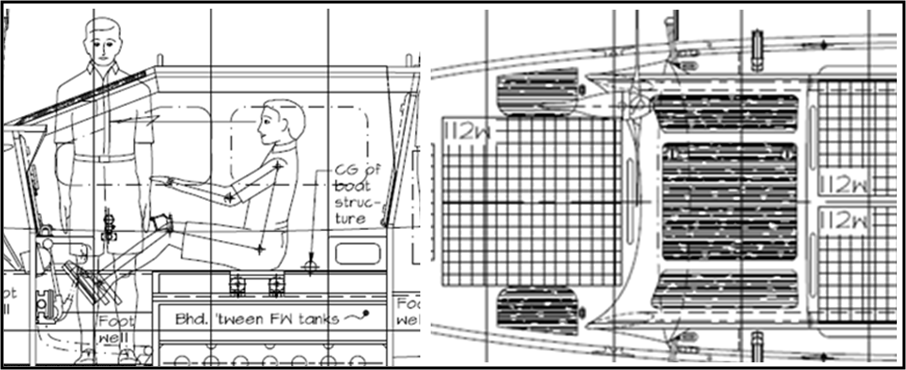My grandfather once lamented that the younger generations haven't experienced any real adversity. I was probably 12 years old at the time. I didn't really get the point, but it stuck with me. By no means am I saying riding a bicycle across the country is adversity. It's a bike ride. I also don't think he meant everyone needs to suffer through a great depression and bread lines in order to build character. Like most things, it's a sliding scale. It's obvious though, we have it better now than ever (in most places). Imagine meeting someone traversing the Oregon Trail in 1840. While you're going on about jets and cars, he's suffering through dysentery and dehydration. If he makes his destination, the character built during that journey would clearly outweigh the combined sum of everyone leaving out of JFK on a Boeing 737.
I'm not saying we need a horse and carriage renaissance. I love modern conveniences as much as the next guy. However, explaining my bicycle trip to people brings out an incredible positive resonance that's difficult to deny. Without asking, I've been given a book, magazines, bottles of water, food, and encouraging words. One morning I was packing up camp and a lady walked over and handed me a breakfast burrito and said "You'll need plenty of energy!" It was delicious, by the way. When I was on top of the continental divide, I was invited inside a couple's RV and given water, fruit, and some cookies. People have offered to drive me into town and back if I needed supplies. One couple even offered to meet me later on my route to give me a sandwich. I don't know why the offer was specifically a sandwich, but it was a nice gesture nonetheless. For reference, this type of treatment hasn't been the norm for me. People don't just hand me things when I'm walking down the street. It's not because people think I'm friendly or I put out a good vibe. I think it's because people recognize and appreciate someone willing to take a difficult route. The thought alone sparks a sort of motivation or internal drive for something beyond the ordinary. While these people might not be in a position to get out there themselves, they almost seem compelled to help those that are.
I've tried to understand this type of behavior beyond the aforementioned surface level perceptions, which has taken me down some ridiculous mental rabbit holes. For example, I was recently listening to a podcast called Invisibilia, which is a show about the "intangible forces that shape human behavior." During an episode called Entanglement, it starts by explaining quantum entanglement. We don't scientifically understand it yet, but the simplest explanation is the fact that a single object can be in two places simultaneously. Scientists have forced two atoms to become entangled at distances over 88 miles, where changing something in one atom will instantaneously affect the second atom in the same way, faster than the speed of light. This isn't possible within the constructs of Newtonian physics, and is the origin of the famous quote from Einstein calling it "spooky action at a distance." Theoretically, a single atom in your body could be entangled with an atom in another person, or with an atom of another planet. The stuff our universe is made of can be physically separated and yet the same thing. Now that is wild. When trying to incorporate this knowledge into my world view, the inescapable conclusion is we are all connected. We're connected in ways we don't understand.
It's a crazy jump between people being nice to quantum entanglement. But, when I explain what I'm doing to a stranger, I see a change in their eyes, I can feel the resonance, I can feel the yearning to alleviate some of the adversity I may face. Even if that yearning materializes in the form of a breakfast burrito, it's there. My current endeavor isn't monumental or significant in any way, it's just a few miles on a bike. However, gladly giving an unsolicited helping hand simply due to the perception of adversity demonstrates something very significant. Even self-imposed adversity in the pursuit of something extraordinary brings people together in powerful ways. Why? Perhaps we are all entangled. Maybe we are the same thing - physically separated, yet instantaneously affected. It just takes pushing yourself right into the face of adversity to recognize it. Maybe grandpa was right, we need some adversity to really grow, to build character, and to connect with others, even if it's just a long bike ride.
Pedal On
